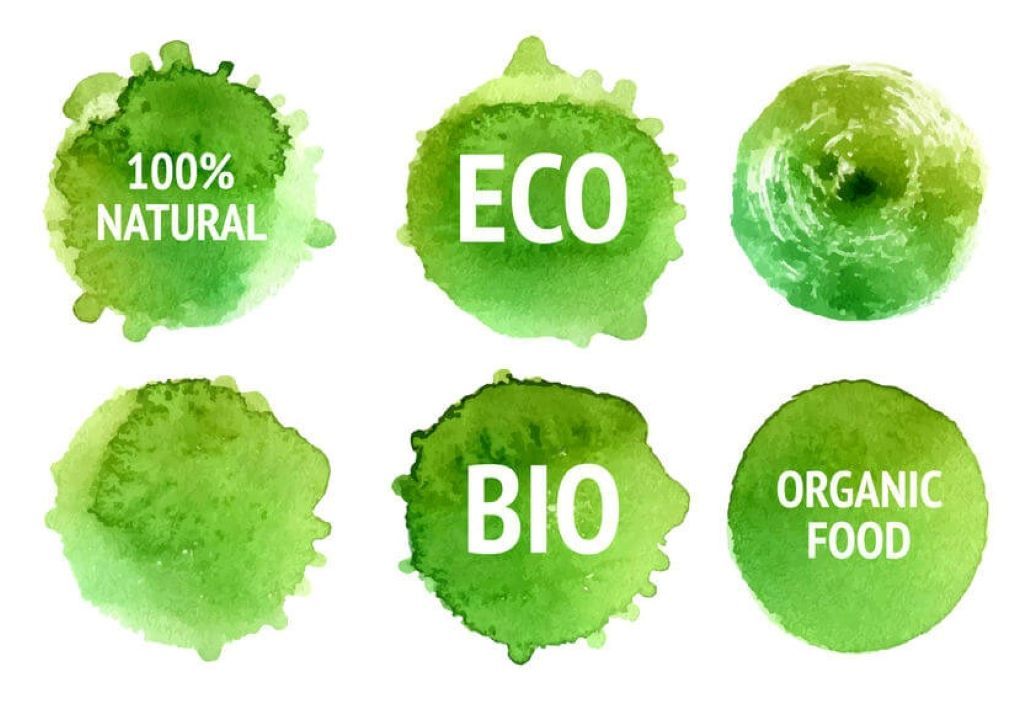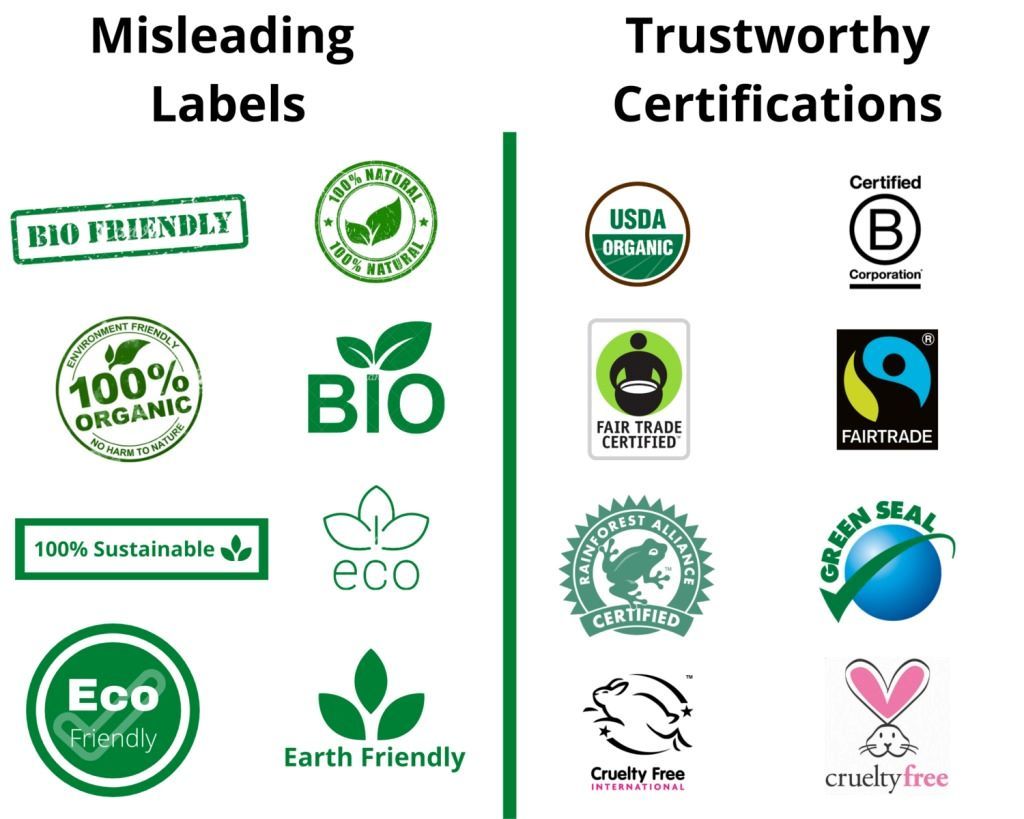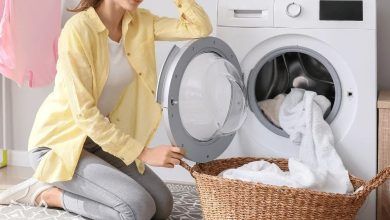
How to Identify Credible Ecolabels: A Simple Guide to Sustainable Choices
With more and more products claiming to be “eco-friendly” or “green,” it’s becoming harder to tell which claims are true. This is where ecolabels come in. They help us make more sustainable choices by certifying that a product meets certain environmental standards. But how do we identify credible ecolabels that are truly making a difference? Let’s dive into it!
To start, explore Dldxedu for more insights on sustainable practices and how they can help you make informed decisions about the products you purchase.
What is an Ecolabel?
An ecolabel is a mark or certification given to products that meet certain environmental standards. These standards could include energy efficiency, reduced waste, safe materials, or sustainable production processes. Think of ecolabels as the “seal of approval” for products that are better for the planet. However, not all ecolabels are created equal, and it’s important to know how to spot the trustworthy ones.
-
Look for Third-Party Certifications
The most reliable ecolabels come from independent, third-party organizations. These organizations are unbiased and ensure that the products they certify meet specific, verifiable environmental standards. Without third-party verification, companies could be making false or exaggerated claims about their products.
Some of the best-known third-party certifications include:
- Energy Star (for energy-efficient appliances)
- Fair Trade (for ethically sourced products)
- Forest Stewardship Council (FSC) (for sustainably sourced paper and wood)
The certification process usually involves audits, inspections, and strict criteria that companies must meet to earn their ecolabel. Therefore, these ecolabels are more trustworthy than labels issued directly by companies.
-
Understand the Standards Behind the Label
Each ecolabel has its own set of criteria. Some labels focus on energy use, while others might focus on waste reduction or sustainable sourcing. It’s important to understand what a particular label represents and what environmental issue it addresses. For instance, the Fair Trade label ensures that a product was made with fair labor practices and that the workers involved received fair wages.
If you see an ecolabel that you’re unfamiliar with, take a moment to research its standards. Often, websites associated with ecolabels will explain the certification process and the environmental impacts they target. This will help you determine if the label aligns with your values.
-
Be Wary of Misleading Labels
Unfortunately, not all ecolabels are trustworthy. Some companies create their labels, a practice known as greenwashing. These labels often look similar to official ecolabels but don’t meet the rigorous standards of third-party organizations. They are just marketing tactics designed to make a product seem environmentally friendly, even though it might not be.
For example, phrases like “eco-friendly,” “green,” or “natural” are often used without any real criteria behind them. These terms can be misleading if they aren’t backed up by a credible certification. Therefore, always make sure to check for third-party verification before trusting a product’s ecolabel.
-
Check for Transparency and Clear Information
A trustworthy ecolabel will be transparent about its certification process and criteria. When a company receives an ecolabel, they should be able to provide you with clear information about how they met the environmental standards. If an ecolabel or company website is vague or doesn’t explain how the product was certified, it’s a red flag. Always look for ecolabels that provide easy access to their certification standards and processes.
One way to verify this is by looking for the label on the product packaging. Many eco-labels include a code or number that you can use to look up more information on the certifying body’s website.
-
Know the Different Types of Ecolabels
There are various types of ecolabels, and they fall into categories based on the focus of their environmental criteria. For example, some ecolabels focus on reducing energy consumption, while others focus on the ethical treatment of workers or the use of recycled materials. Understanding the types of ecolabel can help you decide which environmental issues matter most to you.
Each ecolabel will indicate what it covers, and learning more about these types can help guide your purchasing decisions. To explore different types of ecolabels, you can visit educational resources that delve into the specifics, such as those that break down three key types of ecolabels.
Winter Attire Refresh: Cleaning and Storage Solutions for the Savvy
-
Research and Trust Reputable Sources
Many organizations and websites provide helpful information about eco-labels. Some of the top sources include:
- The Global Ecolabelling Network: This organization lists recognized ecolabels worldwide and provides resources for consumers.
- Environmental Protection Agency (EPA): The EPA provides a list of credible ecolabels and their meanings.
- Consumer Reports: This well-known independent nonprofit evaluates and tests products, including their environmental claims.
These resources are valuable for consumers who want to learn more about ecolabels and make informed decisions.
You Might Enjoy: How to lift heavy objects safely
Conclusion
Choosing products with credible ecolabels is an important step toward a more sustainable lifestyle. Always look for third-party certifications, understand the standards behind the labels, and be cautious of misleading claims. By being informed, you can trust that the products you buy are truly helping the planet.








